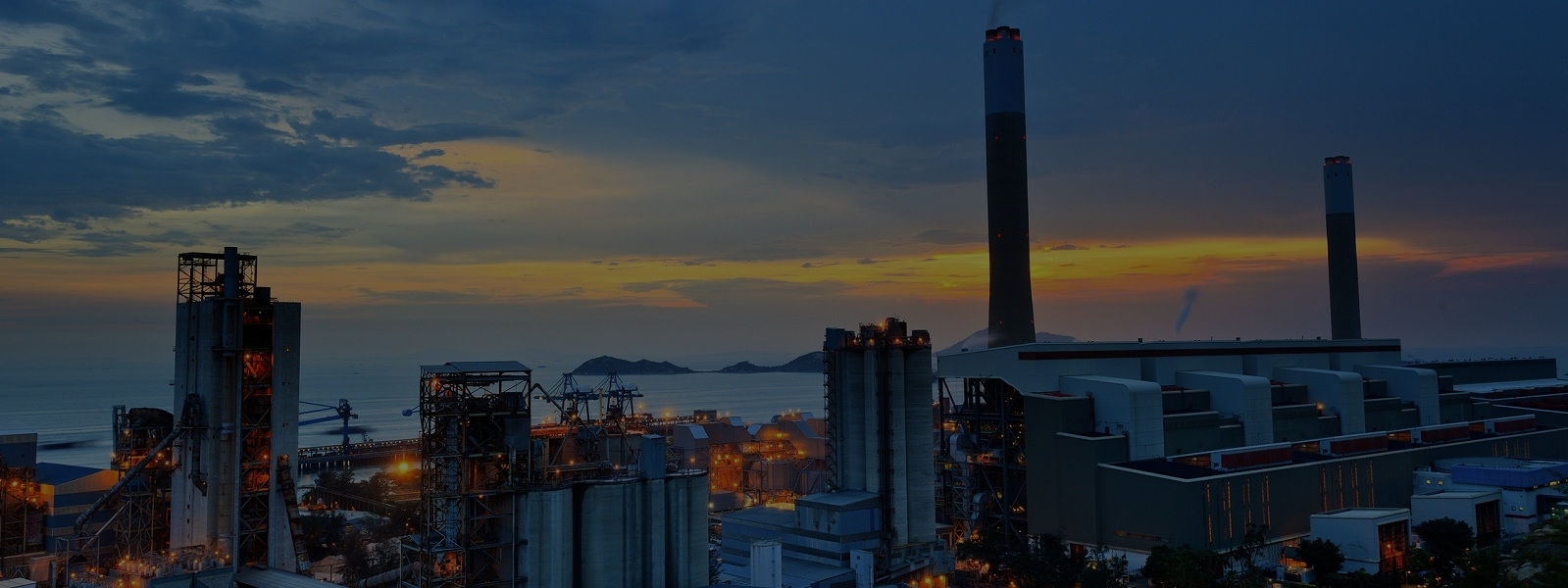

Key Aspects of O&M Services:
Daily Operations:
Ensuring systems are operating correctly and efficiently, including monitoring performance and addressing issues as they arise.
Routine Maintenance:
Performing tasks like cleaning, lubrication, inspections, and minor repairs to prevent failures and extend asset lifespan.
Repairs and Replacements:
Addressing equipment breakdowns, replacing worn-out components, and ensuring systems are restored to optimal working order.
Preventive Maintenance:
Implementing strategies to anticipate potential problems and take proactive steps to prevent failures, such as scheduled maintenance and inspections.
Emergency Response:
Providing rapid response to unexpected issues, ensuring minimal disruption to operations.
Safety and Compliance:
Adhering to safety regulations and industry standards to protect personnel and the environment.
Performance Monitoring:
Tracking key performance indicators (KPIs) to identify areas for improvement and optimize operations.
Budget Management:
Developing and managing O&M budgets to ensure cost-effective and efficient resource allocation.
Training and Development:
Providing ongoing training to staff on O&M procedures and best practices.
Documentation and Record Keeping:
Maintaining accurate records of all O&M activities, including maintenance schedules, repair logs, and performance data.
Benefits of O&M Services:
Increased Asset Lifespan:
Proper O&M can significantly extend the lifespan of equipment and facilities.
Improved Efficiency:
Optimized O&M practices can lead to increased productivity and reduced operational costs.
Reduced Downtime:
Preventive maintenance and timely repairs can minimize disruptions to operations.
Enhanced Safety:
Adhering to safety regulations and implementing safety procedures can protect personnel and property.
Compliance with Regulations:
O&M services help ensure adherence to industry standards and environmental regulations.
Improved Asset Performance:
Monitoring and optimizing asset performance can lead to increased efficiency and reduced waste.
Cost Savings:
Preventive maintenance and efficient operations can lead to significant cost savings in the long run.